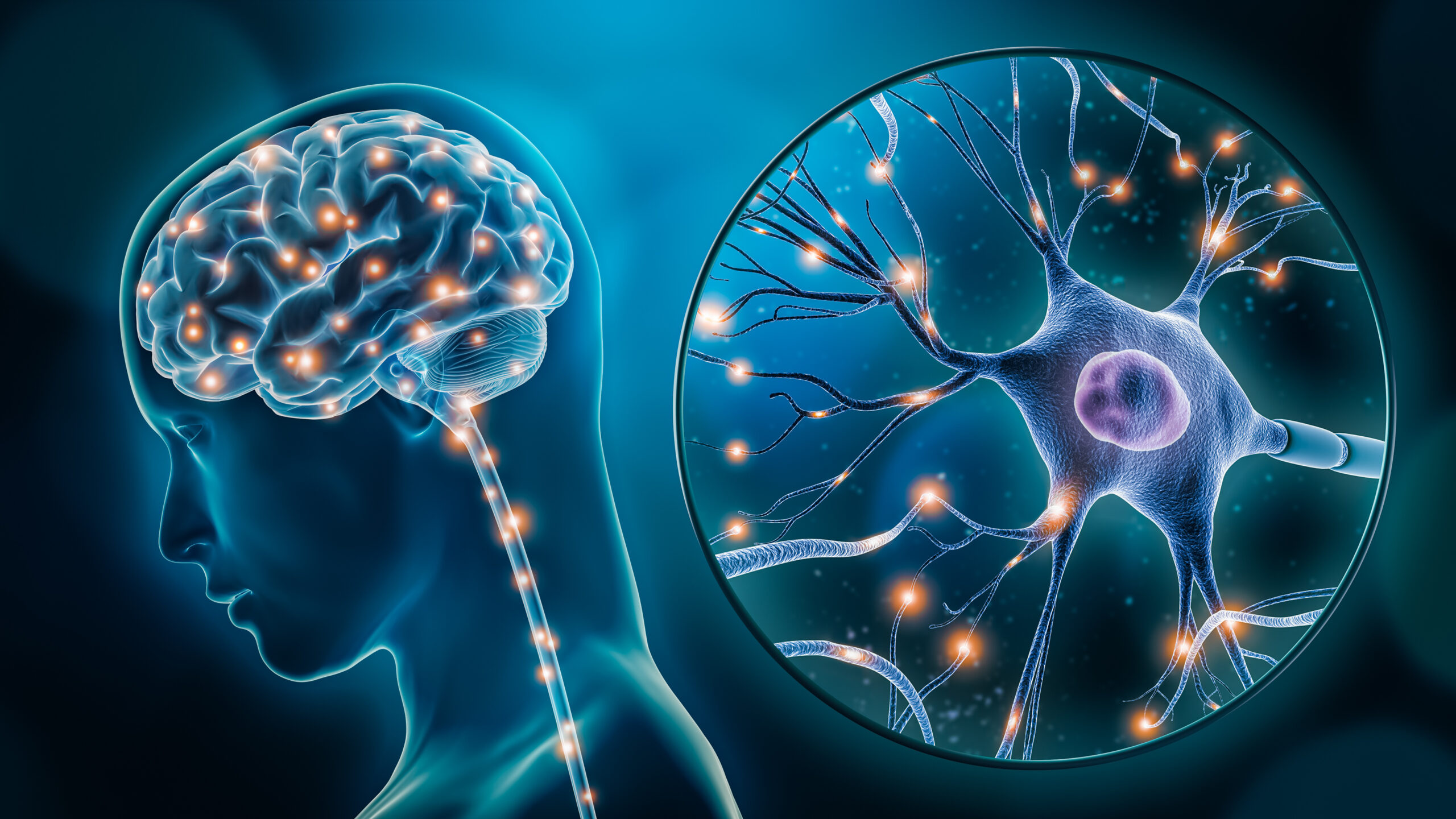You might have thought that your high school math class days were behind you, but you may be surprised to learn that there are cells in your brain that excel in geometry. Known as place and grid cells, these neurons (brain cells) are activated when you move or stand in certain positions, helping you navigate places, remember where you have been, and decide where to move next.
Neurons communicate by “firing” when activated, meaning they send signals to the rest of your brain. Place and grid cells map out the place you are in and fire at specific locations or movements–thereby telling your brain where you are located in space or where you are moving toward. For example, one cell in your brain might fire when you stand in the center of the room. Another one might fire if you walk diagonally to the right. There are approximately 100 billion neurons in the human brain, so to be able to identify the actions of one individual cell is amazing! What is even more fascinating, however, is that these single cells operate in a grid-like pattern, meaning they fire at the points of geometric shapes. Let’s try to visualize it!
Grid cells can help you navigate a triangular grid pattern!
Image Source: Tuomas A. Lehtinen
Imagine you are walking around a room where the floor looks like the image above. As you walk around the room, certain grid cells are responsible for firing only as you step on points of the triangles. This allows them to identify where you are, and where you have been walking in relation to your current position. Grid cells can create this framework in any environment, working to map the area you are in with this network of shapes (customarily triangles or hexagons). This information is then sent to other parts of the brain, helping you to make a mental map of where you have been.
Scientists are amazed by this discovery as one typically thinks of triangles and hexagons as human-identified structures. You probably did not learn what a hexagon was until you were about five years old, yet cells in your brain have been utilizing such shapes to map places ever since you were born! Learning about place and grid cells is important because they give us insight into how our brain works to track and memorize movement. The better we understand these mechanisms, the easier it is to design therapies to treat movement and memory disorders, paving the way to help those who are struggling. So next time you come across a tricky geometry problem, call on your place and grid cells to help you out!
Featured Image: Matthieu










